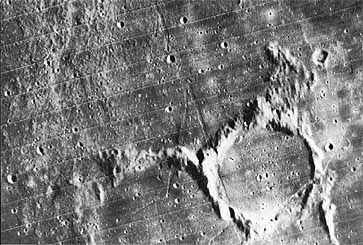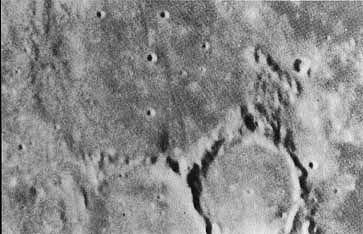One of Viking's characteristics is its
high-risk, high-gain mode of focusing on a search for life.
Negative results on all the biologic experiments is not unlikely;
the seismometer may never see a quake. To run a billion dollar
mission and obtain largely negative results would be embarrassing
politically for the projects as well as for NASA as an agency.
Whether negative results reflect the lack of life, or the wrong
kinds of experiments or the wrong landing locations might be
difficult to see....
Thus, the high-imaging system may be
considered as the "meat and potatoes" low-risk but
guaranteed-significant-gain experiment in the mission.

















